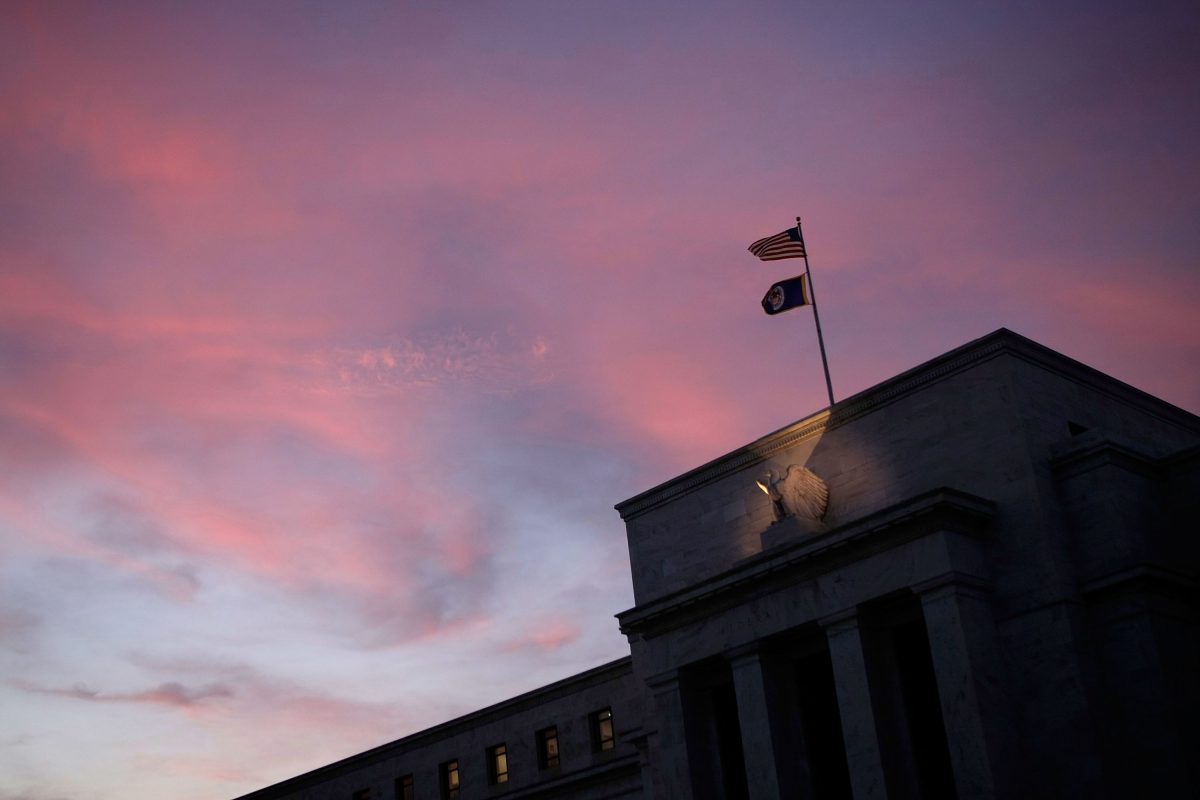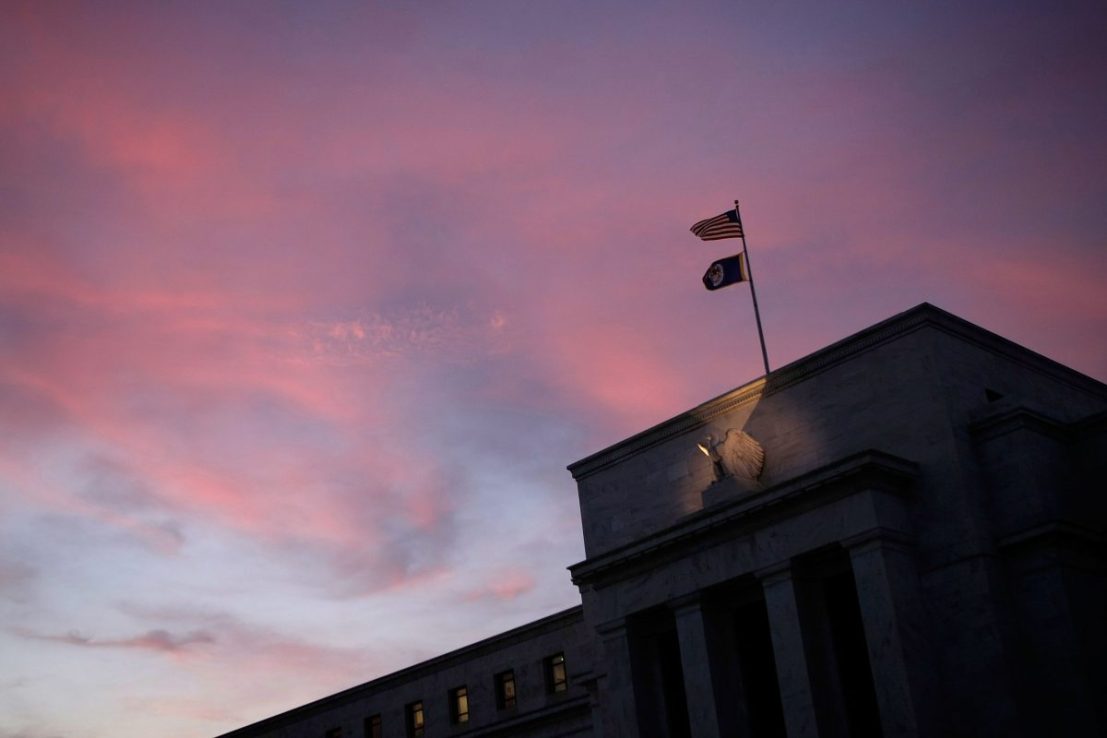Crucial US inflation data rises slightly faster than expected as Fed ponders next rate move
A crucial piece of US inflation data came in slightly hotter than expected last month as the Federal Reserve considers when to start cutting interest rates. Figures out today showed the core personal consumption expenditures (PCE) price index, which is the Fed’s preferred gauge of inflation, remained stuck at 2.6 per cent in June. This [...]


A crucial piece of US inflation data came in slightly hotter than expected last month as the Federal Reserve considers when to start cutting interest rates.
Figures out today showed the core personal consumption expenditures (PCE) price index, which is the Fed’s preferred gauge of inflation, remained stuck at 2.6 per cent in June.
This was unchanged from last month and slightly ahead of the 2.5 per cent expected by economists, raising some questions for investors hoping that the Fed will cut rates in a matter of months.
PCE inflation differs from the traditional measure of inflation, the consumer price index (CPI), by including a wider scope of data. CPI uses data from household surveys, while PCE uses data from suppliers, non-profits and the country’s GDP data.
The data showed that services inflation remained sticky, rising 3.9 per cent in the year to June even while goods prices fell and food inflation moderated. Consumer spending rose 0.2 per cent in June.
Following on from yesterday’s surprisingly strong GDP release, it suggests that the US economy is still withstanding the pressure from the Fed’s aggressive rate hikes.
The Fed will meet next week to decide on interest rates, with markets almost certain that rates will be left on hold. However, investors have become increasingly confident that the Fed could cut rates in September.
After some upside surprises at the beginning of the year, CPI inflation has started to move lower bolstering the case for an interest rate cut. The headline rate of inflation fell to three per cent in June after prices actually fell month-on-month .
Unemployment has also started to increase, having picked up to 4.1 per cent from 3.7 per cent at the start of the year.
Although the figures were slightly ahead of expectations, traders still think the Fed will be able to cut rates in September.



